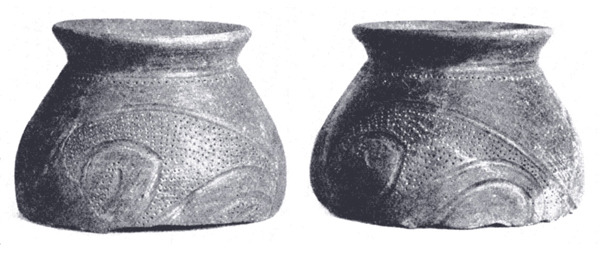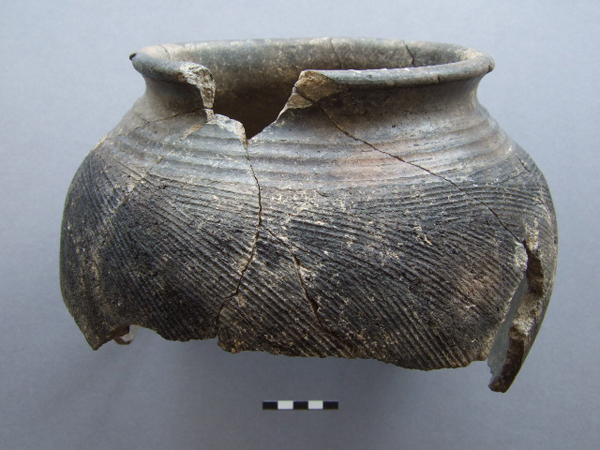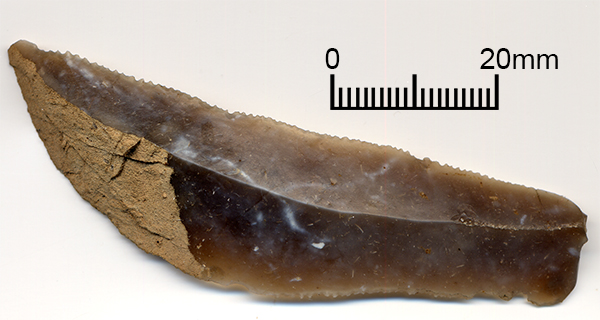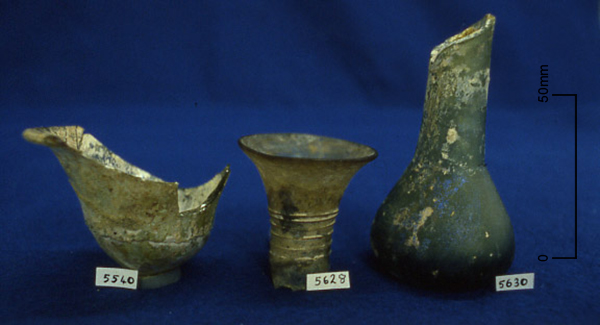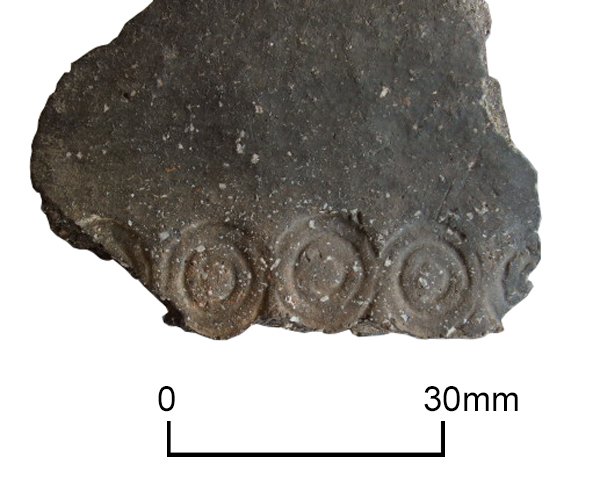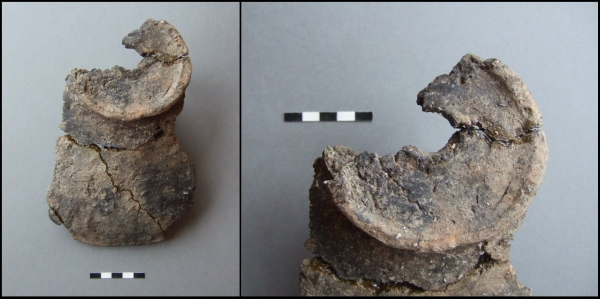
Today’s image for Day 315 of the VM_365 project shows part of a Middle Iron Age flat and perforated handled lid for a cooking vessel which came from a small excavation at Tivoli Park Avenue, Margate carried out by the Isle of Thanet Archaeological Society.
A series of small test pit excavations by the Isle of Thanet Archaeological Society were carried out in the mid-late 2000’s and were designed to find further traces of the Tivoli Roman ‘villa’ which featured on Day 77 of the VM_365 project and was previously recorded by Dr. Arthur Rowe. Little material associated with the villa was recovered but instead the investigations produced a rare sequence of earlier Iron Age activity.
In the uppermost levels of the sequence, in descending order, there was a thin scatter of material confirming Anglo-Saxon, Early-Mid Roman and Late Iron Age activity. Beneath this were increasing quantities of Mid-Late iron Age material (c.200-50 BC), and then beneath that a chalk and cobble floor of, broadly Mid Iron Age date (c.350-200 BC) and, beneath that again, postholes and occupation soil datable to the Early-Mid Iron Age (c.600-350 BC).
One of the features associated with the Middle Iron Age floor produced the lid shown above in the picture on the left. It is part of a handled lid – with the rim at the bottom, and handle at top. The handle is flat and perforated (picture right) which means that the lid was used during the slow-cooking of vegetables or meat, over a relatively low heat.
Roughly made pot lids, using re-worked lower bodies of broken jars are not unknown from Iron Age sites – but a deliberately-made lid, with a ‘steamer-knob’, is rare and tends to confirm that at least in the Middle Iron Age more sophisticated cooking techniques were being employed than the simple roasting of a pig or other animal on a turned spit.
The information and images for this post were kindly provided by Nigel Macpherson-Grant.
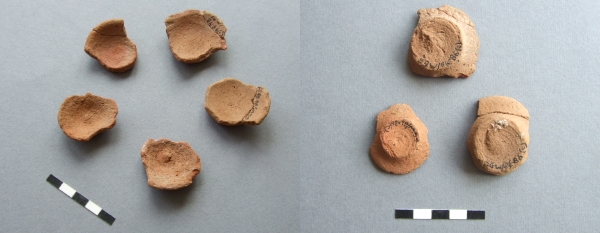 The image for Day 304 of the VM_365 project shows two images of a group of small ceramic vessels of a type that have been called tazza, a term derived from the Italian word for a cup. The image on the left shows the upper surface of the vessels, the right hand image shows the bases of three of them.
The image for Day 304 of the VM_365 project shows two images of a group of small ceramic vessels of a type that have been called tazza, a term derived from the Italian word for a cup. The image on the left shows the upper surface of the vessels, the right hand image shows the bases of three of them.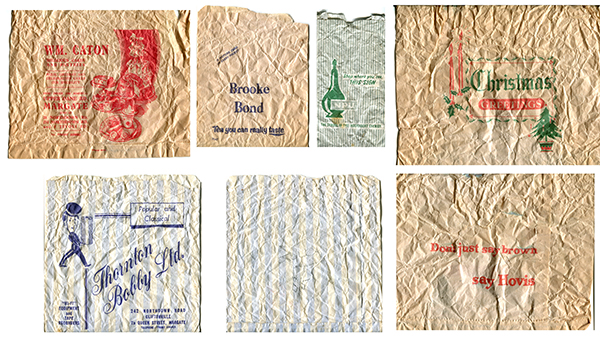
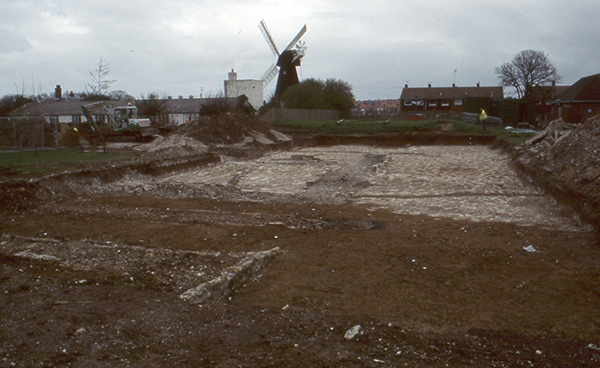 The image for Day 261 of the VM_365 project shows two aspects of the archaeology of Drapers Mills, Margate, both from very different periods but occupying the same landscape.
The image for Day 261 of the VM_365 project shows two aspects of the archaeology of Drapers Mills, Margate, both from very different periods but occupying the same landscape.